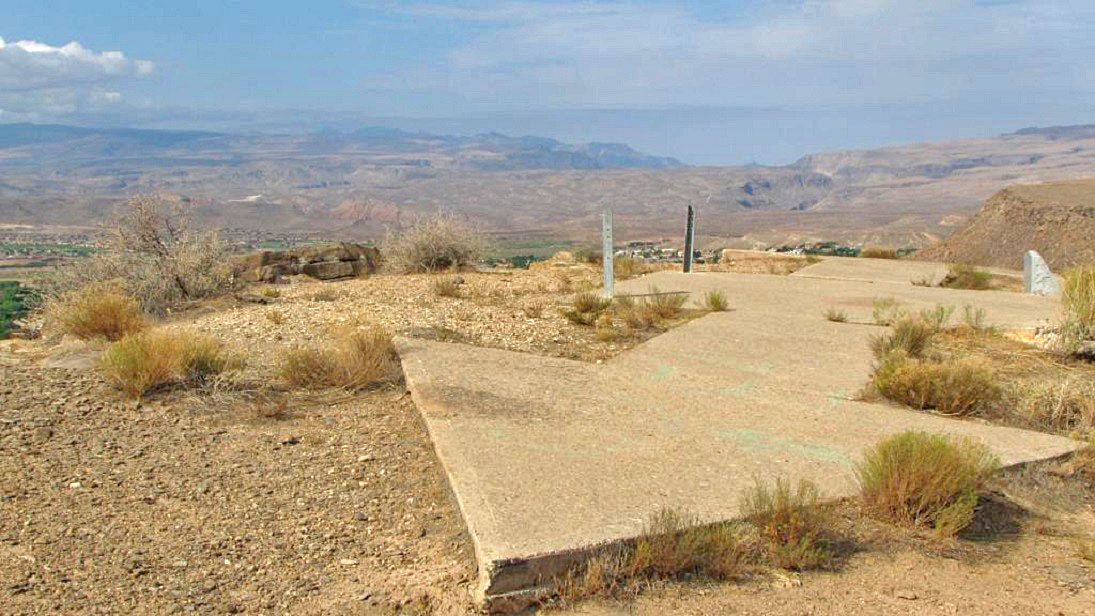4 Quick Tips from a Successful Backyard Tourist
Tourism can play a vital role in any community’s longevity and overall vibrance by bringing a welcome economic boost to locally-owned businesses and revitalizing municipal recreation sites.
While most tourists come from outside the local population—and the influx of outside currency can be like a shot of entrepeneurial adrenaline—many cities rely heavily on tourism from within their own city limits as well. Not only is it a sign of responsible citizenship to be aware of and actively involve ourselves in the unique histories of our communities, backyard tourism can be a wholesome, inexpensive and educational opportunity, for couples and families with young children especially.

Tom Richins, with his wife and two kids, has spent several years navigating both famous less-known historical landmarks and places of interest in his native Southern California. Special thanks to Richins, Backyard Tourist Extraordinaire™, for his help in compiling this home-front travelogue appendix.
Here are some time- and money-efficient tips to effectively immersing our families in the sea of local nostalgia.
It’s the 21st century, and there’s this thing called the Internet.
Local and state landmarks are invariably well-documented by a town’s historical society, and cozying up to the people who know the most about what the town has to offer will generate a healthy list of options to choose from.
The World Wide Web is replete with publicly reported information covering both local and state landmarks and trivia. The usefulness of one popular electronic resource in particular might surprise some.
“I use Wikipedia to research before I go anywhere,” says Richins. “Doing a search on a city is good—for example, Ronald Reagan filmed a movie [here] in Corona but no one in Corona seems to know about it. If you search the city via Google or Wikipedia, it comes right up.”
Plan ahead to have our interest piqued.
We should pick trips that involve things that already interest us and your chosen career path. Richins, for example, is a construction superintendent, and his wife Sunny is an architect.
“Old buildings are important to me and Sunny because of our careers,” Richins says. “Of course for me, having [her] and the kids there is everything.”
The Richins’ plan family outings to historical sites that complement their knowledge and professional experience to make the excursions more fulfilling—and to give them a chance to teach their children about the things they know the most.
Have a good attitude.
Nobody likes a negative Nancy, and it only takes one naysayer to put a damper on everyone else’s fun. Not every trip is going to be a gold mine—we should be willing to experiment, enjoy the good and make the best of the bad. We don’t have to travel across the world to experience something life-affirming. Sometimes we just have to be with the right people.
“Not every trip is remarkable—sometimes they are pretty boring.” Richins admits. “But I love spending time with [my family]. The fact that we are spending time together is everything.”
Have an open mind—and open eyes.
Being willing to appreciate the history, the human story behind a landmark can open our hearts to receive insight as to what put it on the map in the first place.
Making the most of amateur tourism is all about having eyes to see, according to Richins.

Richins’ favorite family discovery, the 80-year-old giant concrete arrows built into the ground by the U.S. Postal Service to guide transcontinental mail planes between New York and San Fransisco before the days of radar, came about because he was willing to look where many others wouldn’t think to.
“They have a lot of history,” Richins says. “Nobody knows they’re out there—and it was a lot of research and discovery to find them.


